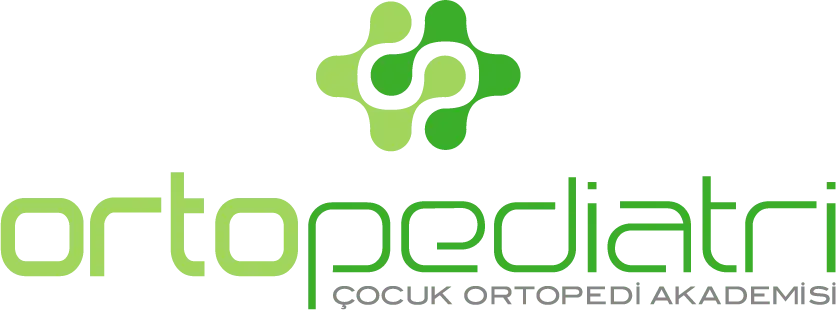What is Scoliosis?
Our spine consists of 33 bone structures, called vertebrae, which are organized to carry and transfer all of the body weight as a whole. In a normal healthy individual, the spine is the main structure that allows the mid-point of the head-pelvis (coxal bone)-feet to be aligned at the same vertical level. The spine has its own normal curves to keep pace with the movement of walking on two feet. These curves are located in the sagittal plane (side view). The spine is inclined forward in the head and lumbar region and slightly backward in the back and coccyx region.
The front view of a healthy normal spine has no inclination to the right or left. The fact that the spine curves to the right or left in the front view and concomitantly turns around its axis is called scoliosis. This curves or asymmetric formation is suspected due to early findings which are notable in the external appearance such as hip asymmetry, ribs being curved more on one side on the back, and a shoulder being lower than the other.
How is Scoliosis Diagnosed?
Although scoliosis is frequently detected during adolescence, it may be seen in any age group. Scoliosis, which may be seen in 10% of adolescents, is diagnosed by referring to a doctor for any reason, but usually upon suspicion by the parents. Most cases of scoliosis are in the group of idiopathic scoliosis. This type of scoliosis is more common in girls.
A screening for scoliosis is performed by observing the spinal alignment by the pediatric orthopedist while the child bends forward after his/her clothing is taken off. When the incidence in children is also considered, it will be appropriate to evaluate each child at regular intervals for screening purposes. Further tests will be suitable to be done in the children for whom scoliosis is suspected by a clinical examination.
Treatment of Scoliosis
After the diagnosis of scoliosis, 20-30% of the patients need treatment. Treatment options vary according to the age of the child and the degree of the curvature. A surgical treatment is also considered for severe curvatures. Early diagnosis may significantly reduce the possibility of surgical treatment. There are various different treatment options for non-surgical treatment ranging from physiotherapy to various corset applications.

